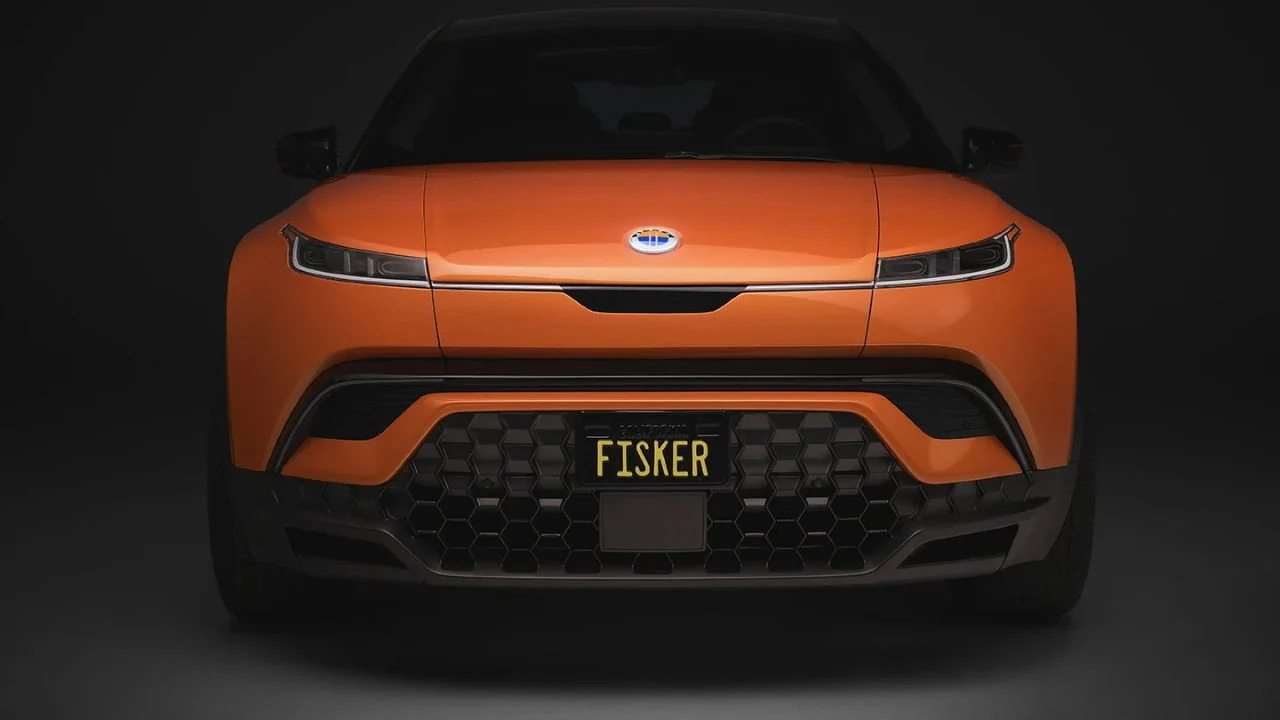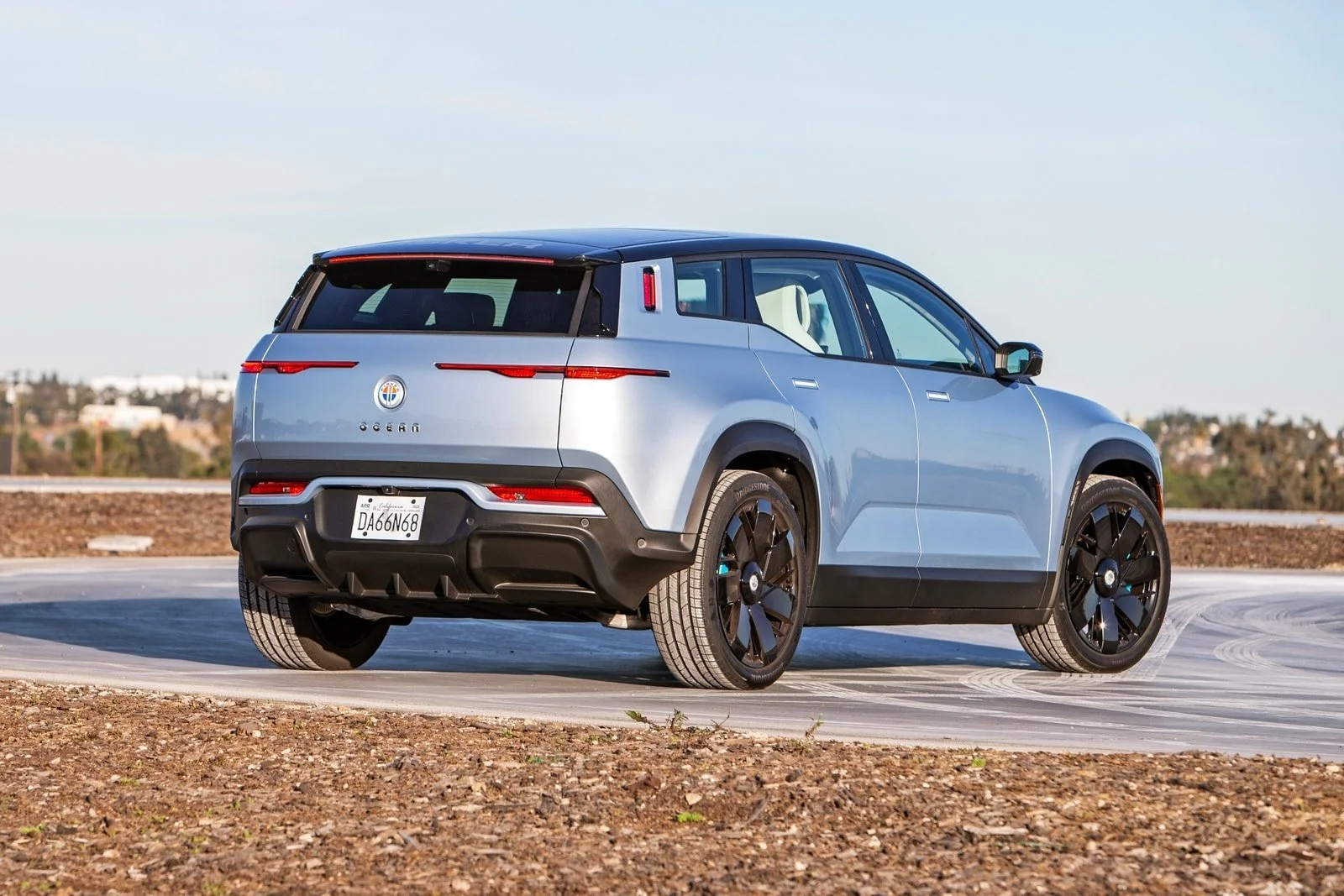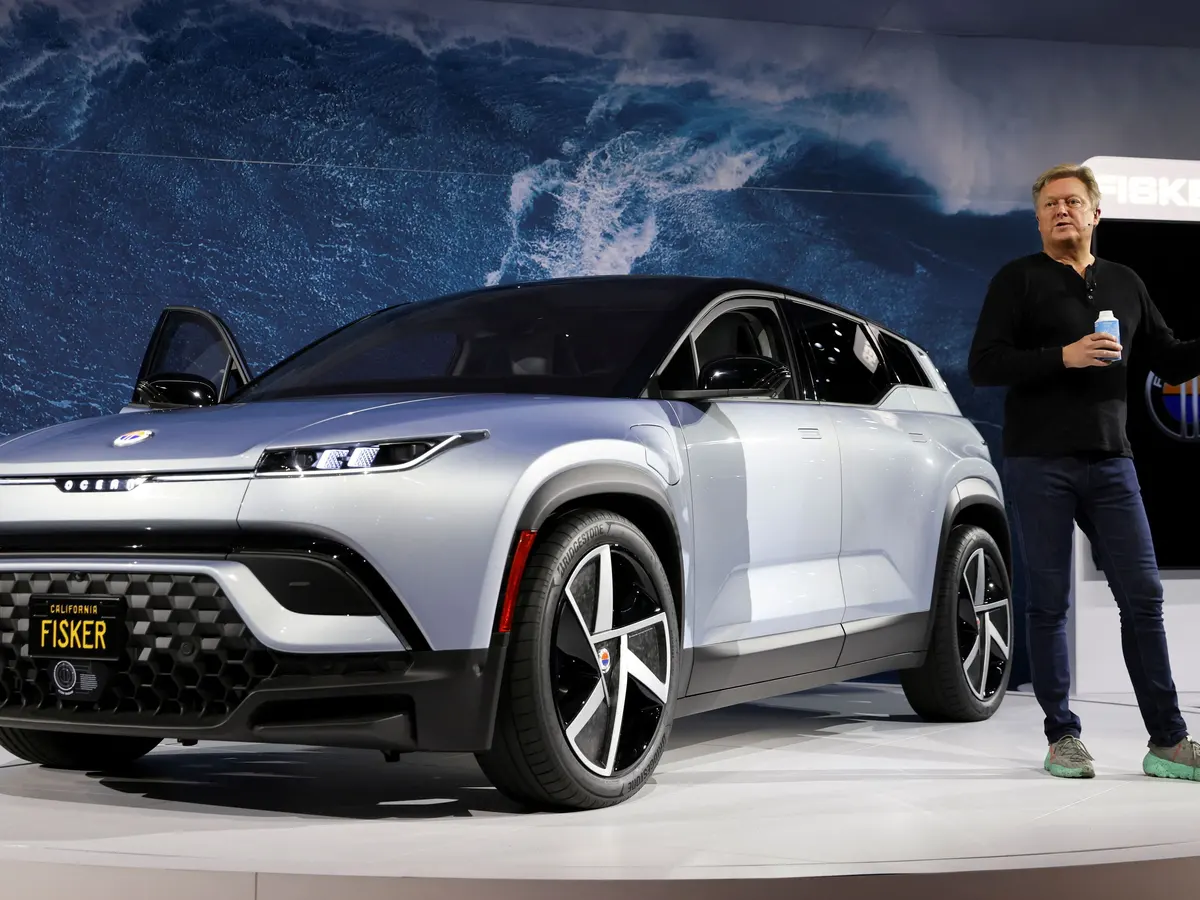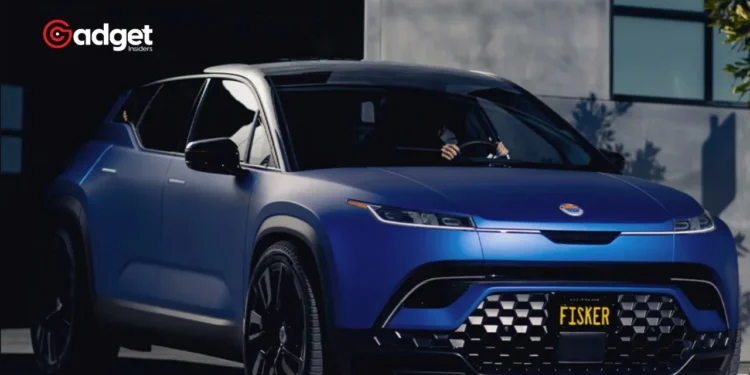Fisker Inc., a burgeoning electric vehicle manufacturer, has been facing significant operational hurdles as it strives to meet customer demands amid parts shortages. Since the beginning of its vehicle deliveries in June 2023, the company has employed an unusual but not unprecedented tactic: utilizing components from preproduction and unsold inventory vehicles to service customer cars.

Resourceful Repairs Amidst Production Pressures
According to reports from eight sources including current and former employees of Fisker, technicians have occasionally resorted to stripping parts from what some internally refer to as “donor cars”. These cars, comprising mostly of Fisker Ocean models, are stationed at the company’s facility in La Palma, California. This practice, while controversial, is driven by a dire need to fulfill ongoing customer-service requests, particularly for clients located near the facility.
One insider detailed the situation: “It only happens if there’s a dire need for the part,” highlighting the ad-hoc nature of these fixes which cover approximately 10% to 15% of repair cases in recent months. The source further explained, “Customers are basically begging for parts, and the mentality is: If we have parts available, let’s use them.”
This makeshift solution has sprouted from a designated back area at the La Palma site, known colloquially as the “graveyard”. Here, preproduction vehicles—essentially beta versions of the Fisker Ocean not intended for consumer use—are parked until their components are required for repairs. The practice began when Fisker started its vehicle deliveries, with some of the first batch of 22 Fisker Oceans needing replacement parts such as door handles and seat sensors immediately after a predelivery inspection.

Controversy and Corporate Responses
Despite the pragmatic approach to addressing part shortages, the company has faced criticism both internally and externally. A former employee described the routine, “Every day was a fire drill of what car has this part that I need,” illustrating the chaotic environment as parts were frequently swapped between vehicles. This led another to liken the situation to creating a “Frankenstein” car, although this term was clarified by a Fisker spokesperson as originally referring to engineering vehicles used for testing different software versions.
Amidst these operational challenges, Fisker has faced broader financial difficulties. The company, having delivered about 6,000 Fisker Oceans according to internal metrics, saw a significant price drop earlier this year and is now grappling with potential financial insolvency. A recent regulatory filing revealed a precarious cash position of just $54 million as of mid-April, with looming layoffs and ongoing negotiations regarding a potential buyout from larger automakers.
Cash-Strapped Fisker's CEO Lists Luxurious Hollywood Mansion For More Than Company's Worth As Bankruptcy Looms – Fisker ( OTC:FSRN ) https://t.co/LKotNCje06
— John (@PlasteredJohn) May 2, 2024
Ethical and Legal Considerations
The legal and ethical implications of using parts from unsold or preproduction vehicles are complex. While this practice can expedite repairs and reduce customer wait times, transparency and part compatibility issues pose significant concerns. Daniel Blinn, the managing attorney of Consumer Law Group in Connecticut, emphasized, “Depending on the situation, it can be acceptable for an automaker to use parts from another vehicle to avoid long wait times for customers.” However, he cautioned that the process becomes problematic if customers are not informed about the swaps or if the parts are not perfectly matched to the vehicles.

Fisker Navigates Challenges in EV Industry
As Fisker continues to navigate these turbulent waters, the focus remains on maintaining customer trust and operational integrity. The company’s approach to overcoming its current challenges could set a precedent in the EV industry, where production hiccups and rapid growth often collide. Moving forward, Fisker’s ability to stabilize its operations and ensure transparent communication with its customers will be critical in determining its place in the competitive electric vehicle market.










